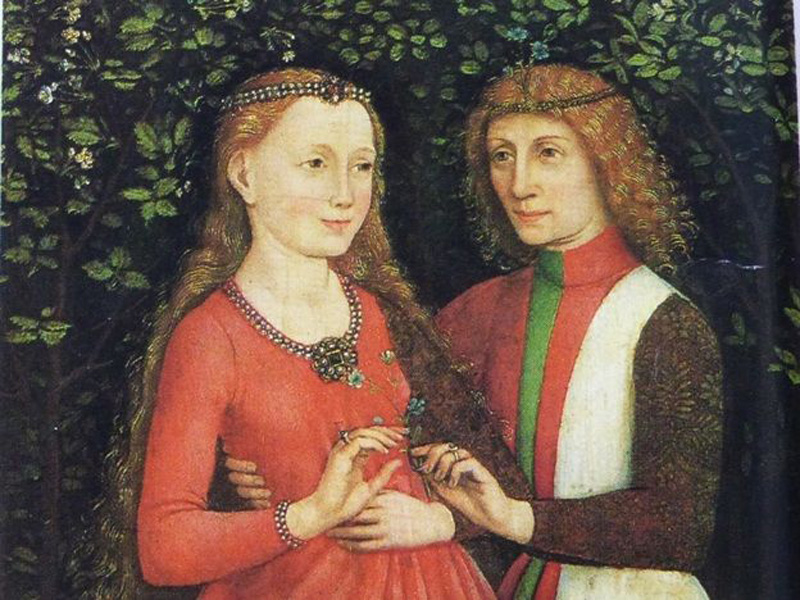
Diamonds are one of the most intriguing gemstones. They have an unrivaled sparkle and they are part of the story of our lives. These mesmerizing gems also have their own story to tell. Here are a few tidbits to boost your diamond knowledge.
1. The first diamond engagement ring of record was given to Mary of Burgundy by Archduke Maximilian when he proposed in 1477.
2. The word diamond is derived from the Greek word “adamas,” which means indestructible. According to the Gemological Institute of America (GIA), diamonds are the hardest substance on earth — 58 times harder than any other substance in nature. What makes a diamond so hard? It is the tightly bound molecular structure of the carbon molecules that make the diamond hard. While diamond is the hardest stone on the Mohs scale, which measures the hardness of a stone, they are not completely indestructible. Diamonds are so hard that they can only be cut by other diamonds, meaning that they can scratch each other in your jewelry box. Make sure to keep your diamond jewelry in protective pouches or boxes to prevent scratching other diamonds or gems that you may have.
3. Diamonds are 2.5 billion to 3 billion years old. That predates the earliest life forms on earth, including dinosaurs. They are formed when carbon is transformed by high heat and high pressure deep within the earth. Volcanic eruptions bring them closer to the earth’s surface.

4. At 3,106 carats and 1.33 pounds the Cullinan is the largest rough diamond ever found. It was discovered in 1905 at the Premier Mine in South Africa. It gets its name from the mine owner, Sir Thomas Cullinan. The diamond was gifted to King Edward VII on his 66th birthday in 1907 by African leaders as a way to show allegiance to the British crown. In 1908 King Edward commissioned Joseph Asscher to cleave (split) the diamond. Those pieces were polished into several gems. Two of the largest stones, the 530.20-carat Cullinan I, also known as the Great Star of Africa and the Cullinan II, the 317.40-carat, sometimes referred to as the Lesser Star of Africa, are part of the British Crown Jewels. The former is part of the Sovereigns Scepter of Cross and the latter is set in the Imperial State Crown. These diamonds are on display with the Crown Jewels in the Tower of London along with several other diamonds cut from the Cullinan.
5. Diamonds are said to promote strength and to be protective. Historically, diamonds were worn as a talisman for protection. It is rumored that Mary Stuart, Queen of Scots, always had a diamond with her to help identify poison. It is also the stone of love, purity, creativity and imagination. During the Middle Ages, diamonds were thought to be medicinal, curing everything from mental illness to healing wounds.
6. According to diamondfacts.org, 5 million people globally have access to healthcare due to diamond revenue. Another 10 million people are directly or indirectly supported by revenue from the diamond industry. Diamond revenue has been used to access clean water, build schools, roads and other infrastructure in diamond-producing areas.

7. Like a thumbprint, each diamond is unique and no two are ever exactly alike.
8. In ancient Greek and Roman lore, diamonds were thought to be the tears of the Gods and slivers of falling stars. It was also believed that Cupid’s arrow was tipped with a diamond. They may not have been entirely wrong. Did you know that there is a star named Lucy 50 light years away from earth that is a 10 billion-trillion-trillion carat diamond?
9. If you are born in the month of April, your birthstone is diamond. Diamonds also mark the 60th and 75th wedding anniversaries.

